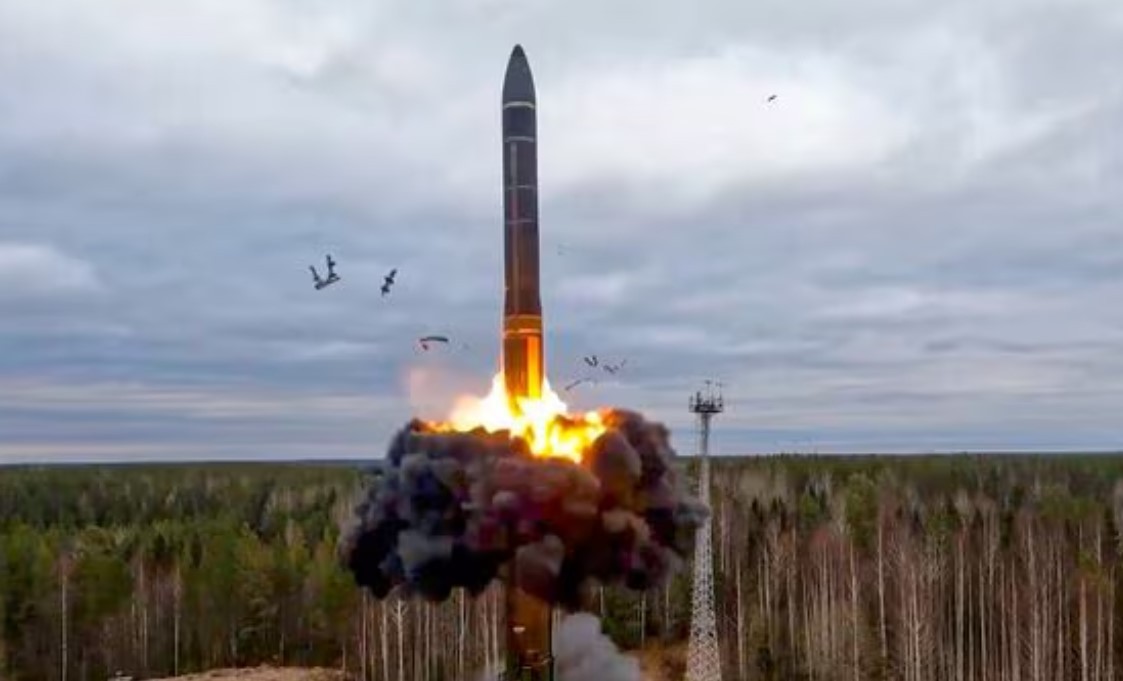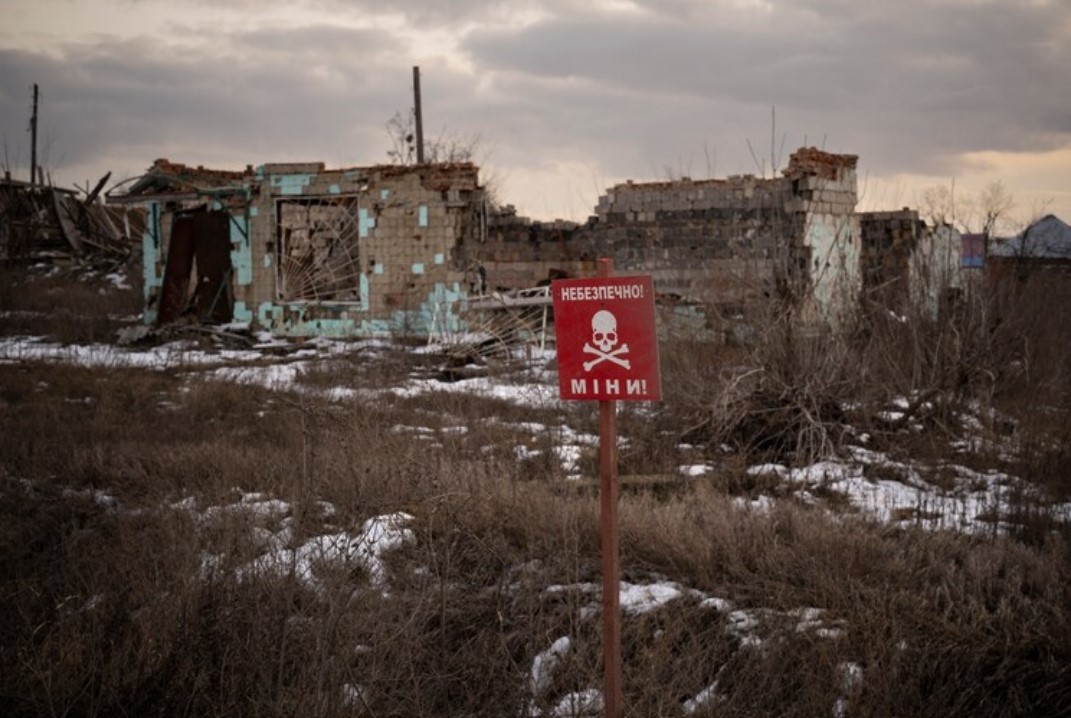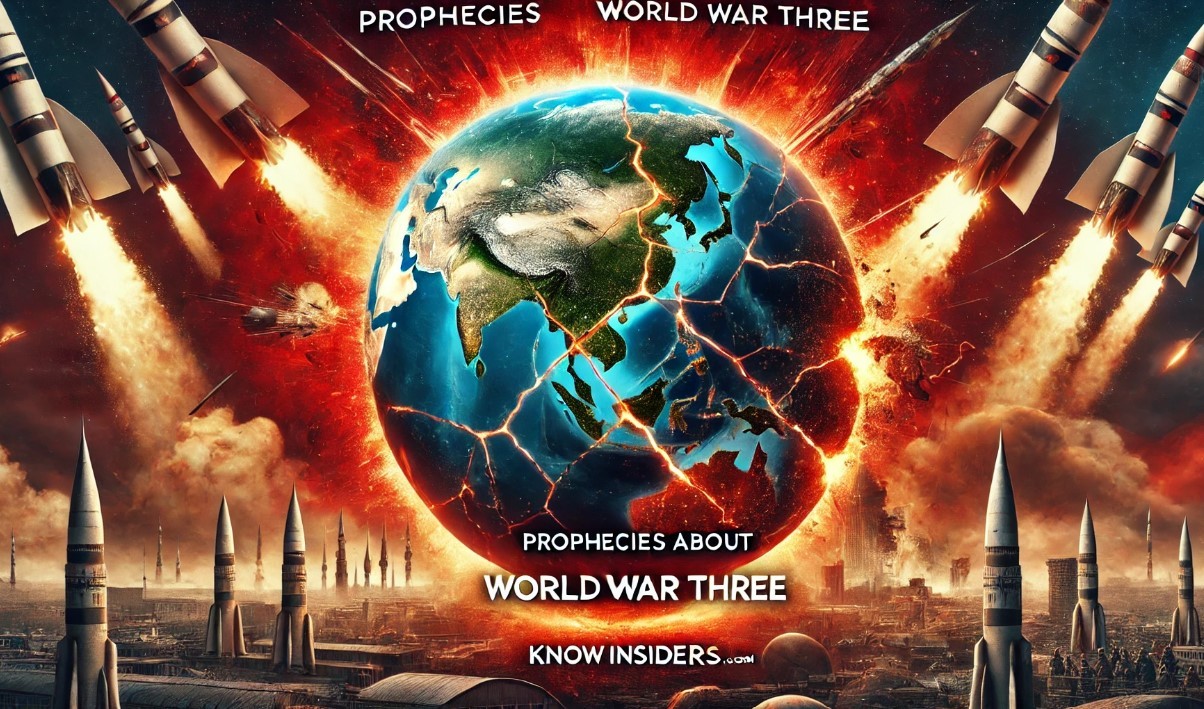The Threat of World War Three from Ukraine’s Use of Long-Range Missiles
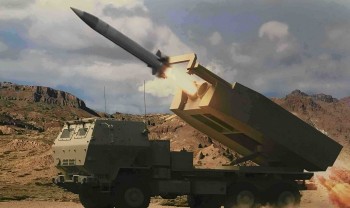 What is ATACMS? The Long-Range U.S. Missile Empowering Ukraine Against Russia What is ATACMS? The Long-Range U.S. Missile Empowering Ukraine Against Russia |
Since the conflict's start in February 2022, tensions have been rising, but recent events have put the situation in a precarious position. The United States and European nations have authorized Ukraine to use long-range missiles, such as the U.S.-made ATACMS, to strike deep into Russian territory. This decision has prompted severe warnings from Moscow, with Russian officials claiming it could lead to World War Three.
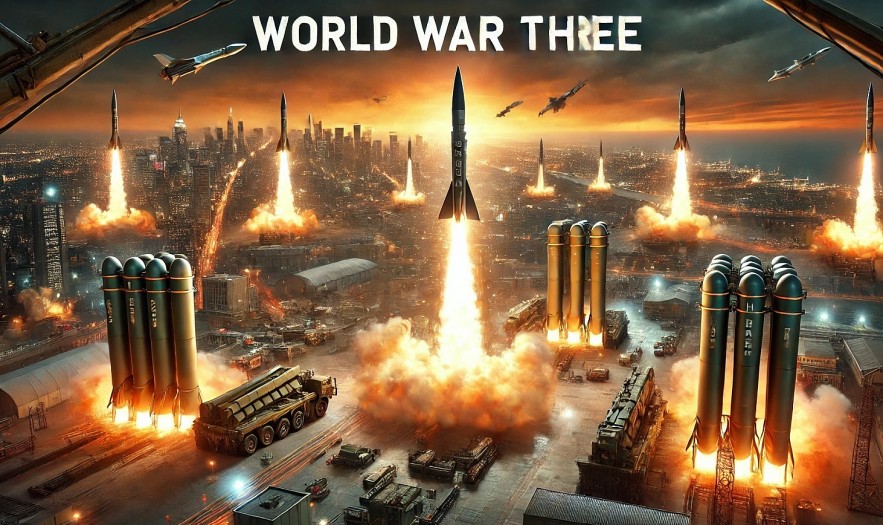 |
| The Threat of World War Three: The Risks of Ukraine Using Long-Range Missiles |
The Context: A Shift in the Ukraine Conflict
Long-range missiles represent a significant enhancement to Ukraine’s military arsenal. Unlike shorter-range systems, such as HIMARS, long-range missiles like ATACMS allow Kyiv to target critical Russian military assets located far behind the frontlines. These include airbases, supply depots, and command centers, many of which have so far remained out of reach for Ukrainian forces.
Key Features of Long-Range Missiles
Extended Range: ATACMS has a maximum range of 190 miles (300 km), enabling strikes on targets deep within Russian territory.
Precision: With advanced GPS guidance, these missiles can destroy high-value targets with minimal collateral damage.
Strategic Impact: By targeting logistics hubs and command infrastructure, long-range missiles disrupt the operational capabilities of an opposing force.
While the approval of such weapons has bolstered Ukraine’s ability to defend itself, it has also heightened the risk of direct confrontation between Russia and the West.
Russia’s Reaction: Warnings of Escalation
Russia has reacted strongly to the use of long-range missiles by Ukraine, describing it as a dangerous provocation. The rhetoric from Moscow suggests that Russia views these actions as crossing a significant red line.
Key Statements from Russian Officials
Vladimir Dzhabarov, First Deputy Head of the Russian Upper House's International Affairs Committee, has called the decision "a very big step towards the start of World War Three." He warned that Russia’s response would be immediate and severe.
President Vladimir Putin has consistently emphasized that attacks on Russian territory with Western-supplied weapons could lead to a fundamental escalation in the conflict. He has framed the situation as evidence of NATO’s direct involvement in the war.
These warnings underscore Russia’s perception of the conflict as a proxy war, one that risks spiraling into a broader confrontation involving NATO and potentially other global powers.
Potential Russian Responses
The use of long-range missiles poses a direct threat to Russia’s strategic depth, forcing Moscow to consider a range of retaliatory actions.
1. Intensified Military Operations
Russia could respond by:
- Increasing the frequency and intensity of missile strikes on Ukrainian cities and infrastructure.
- Expanding the scope of its military operations, potentially targeting NATO supply chains in neighboring countries.
2. Tactical Nuclear Weapons
Russia’s military doctrine allows for the use of tactical nuclear weapons in scenarios where its territorial integrity is threatened. While this remains an unlikely outcome, it cannot be entirely ruled out given the escalatory nature of the conflict.
3. Hybrid Warfare
In addition to military actions, Russia could employ non-conventional strategies, such as:
- Cyberattacks on Western infrastructure, targeting financial systems, energy grids, or government networks.
- Economic retaliation, such as disrupting energy supplies to Europe.
4. Diplomatic Leverage
Russia may intensify efforts to rally support from nations like China, Iran, and India, framing the conflict as a struggle against Western imperialism.
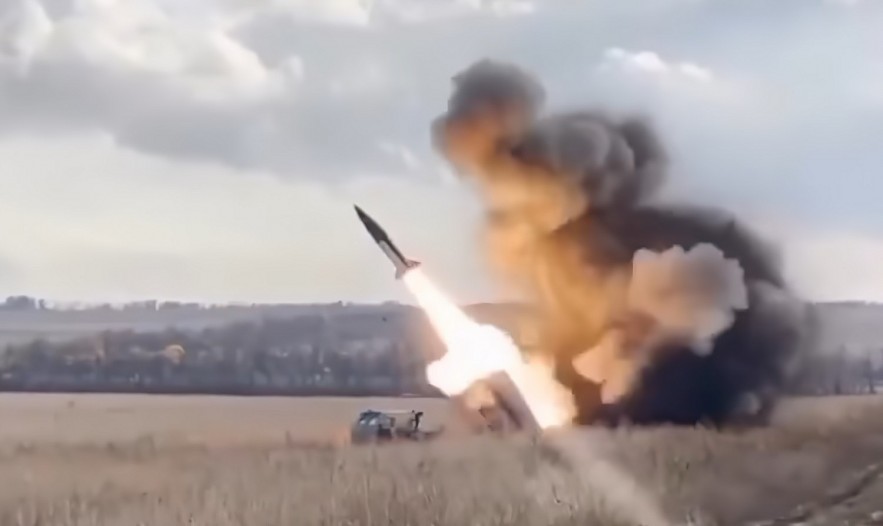 |
| ATACMS missile |
The Global Implications of Escalation
The decision to allow Ukraine to use long-range missiles has already intensified geopolitical tensions. A broader conflict could have far-reaching consequences for global stability.
1. NATO’s Involvement
- If Russian retaliation targets NATO assets or territory, the alliance could invoke Article 5, which considers an attack on one member as an attack on all. This scenario would likely escalate the conflict into a global war.
- NATO’s role in supplying weapons to Ukraine already places it in a precarious position, blurring the line between indirect support and direct involvement.
2. Economic Disruption
- Energy Markets: Russia could target European energy infrastructure, worsening the ongoing energy crisis and driving up global prices.
- Global Trade: The conflict has already disrupted global supply chains, particularly in food and energy. Further escalation could exacerbate these disruptions, with severe consequences for developing nations.
3. Humanitarian Crisis
- The war has created one of the largest refugee crises in modern history. A broader conflict could displace millions more, creating a humanitarian catastrophe.
President-elect Donald Trump: A New Approach?
President-elect Donald Trump, set to take office in January 2025, has indicated a willingness to pursue a different approach to the Ukraine conflict. His policies could influence whether the situation de-escalates or continues to escalate.
Trump’s Diplomatic Focus
- Direct Negotiations: Trump has pledged to engage directly with both Ukrainian President Volodymyr Zelensky and Russian President Vladimir Putin. His goal is to mediate an end to the conflict.
- Scaling Back U.S. Support: Trump has criticized the extent of U.S. military aid to Ukraine, suggesting that he would limit involvement and focus on achieving peace.
- Focus on De-escalation: Trump’s approach contrasts with the Biden administration’s strategy, which has prioritized military support for Ukraine.
Challenges for Trump
- NATO Relations: A shift in U.S. policy could strain alliances with European nations committed to aiding Ukraine.
- Russian Leverage: Moscow may interpret Trump’s willingness to negotiate as an opportunity to push for concessions, potentially undermining Ukraine’s sovereignty.
- Domestic Opposition: Trump’s approach may face resistance from U.S. lawmakers who see robust support for Ukraine as essential to countering Russian aggression.
Could This Lead to World War Three?
The risk of a global conflict depends on several critical factors:
Factors That Could Escalate the Conflict
Direct Confrontation: Miscalculations, such as a Russian attack on NATO territory, could trigger a chain reaction.
Nuclear Brinkmanship: Russia’s references to its nuclear arsenal increase the stakes, particularly if it feels cornered.
Unpredictable Alliances: Greater involvement from nations like China or Iran could broaden the war’s scope beyond Europe.
Opportunities for De-escalation
Diplomatic Engagement: The incoming Trump administration’s emphasis on negotiation offers a potential pathway to peace.
Mutual Deterrence: The principle of Mutually Assured Destruction (MAD) continues to act as a powerful deterrent against large-scale war.
International Mediation: Neutral nations, such as India, Turkey, or Brazil, could play a role in facilitating peace talks.
Conclusion: Balancing on the Edge
The decision to allow Ukraine to use long-range missiles marks a turning point in the conflict, with the potential to reshape its trajectory. While this escalation has strengthened Ukraine’s ability to defend itself, it has also increased the risk of direct confrontation between Russia and the West.
Preventing World War Three will require a delicate balance of military restraint, diplomatic engagement, and strategic foresight. As the world watches anxiously, the actions taken by global leaders in the coming months will determine whether this conflict spirals into a global catastrophe or finds a path to resolution.
FAQs: The Threat of World War Three from Ukraine’s Use of Long-Range Missiles
1. Why is allowing Ukraine to use long-range missiles such a big deal?
Allowing Ukraine to use long-range missiles like ATACMS enables Kyiv to strike deep into Russian territory, targeting critical military infrastructure. Russia sees this as a direct threat to its sovereignty and has warned that such actions could escalate the conflict to a global level.
2. What has Russia said about this decision?
Russian officials, including President Vladimir Putin, have described the use of long-range missiles as crossing a “red line.” They have warned of immediate retaliation and claimed that it could lead to World War Three, framing the conflict as a proxy war involving NATO.
3. Could this situation trigger World War Three?
While the risk exists, it is not inevitable. Escalation could occur if Russia targets NATO assets or territories, potentially invoking NATO’s Article 5. However, the principle of Mutually Assured Destruction (MAD) acts as a deterrent against a full-scale global war.
4. How does President-elect Donald Trump plan to handle this situation?
President-elect Trump has signaled a shift toward diplomacy, expressing a willingness to mediate directly between Ukraine and Russia. He has criticized the current level of U.S. involvement and aims to de-escalate tensions through negotiations.
5. What are the global implications if the conflict escalates?
A broader conflict could disrupt global energy markets, exacerbate food shortages, and deepen humanitarian crises. Additionally, it could lead to economic instability and strain international alliances, with severe consequences for global security and development.
 Nostradamus’ Prophecies for 2025: Insights into a Controversial Prophetic Legacy Nostradamus’ Prophecies for 2025: Insights into a Controversial Prophetic Legacy This article will explore Nostradamus' predictions for 2025, examining the plausibility of his forecasts while assessing their relevance in a world increasingly shaped by unprecedented ... |
 Prophecies for 2025 from Past and Present Seers Prophecies for 2025 from Past and Present Seers This article takes a comprehensive look at predictions for 2025, exploring how these prophets envision the future while reflecting on the reasons for the continued ... |

